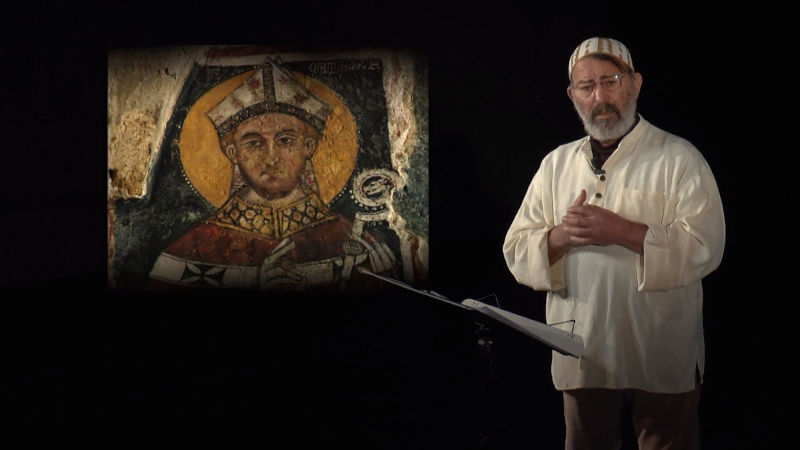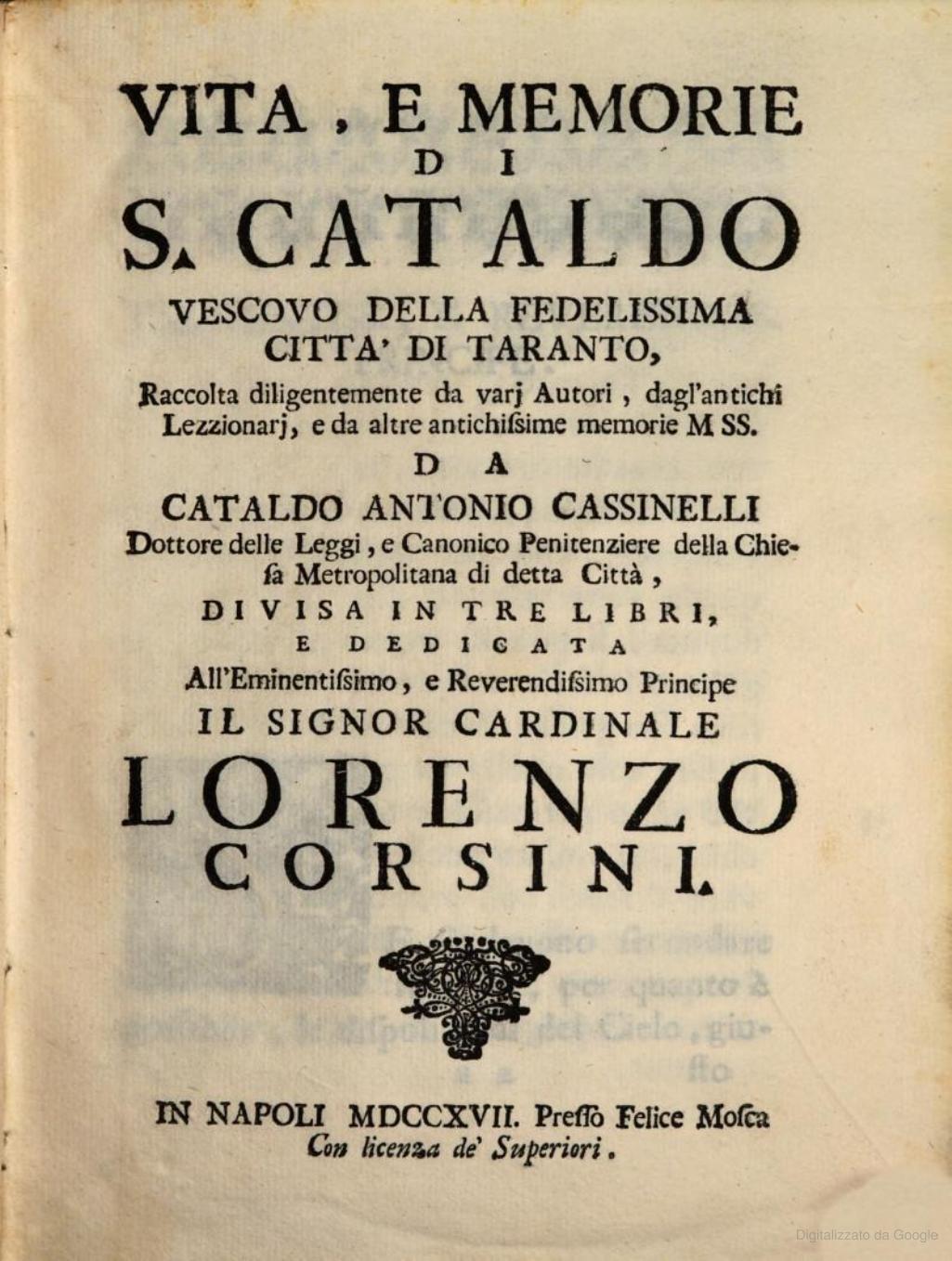LA CONTEMPORANEITA ENG
THE CONTEMPORARY WORLD
While the opening of the Suez Canal in 1869 seemed to offer new opportunities for Italy and the Ionian Sea, which opened up to intercontinental traffic, it would be the post second-world-war period that changed the commercial and industrial strategies of southern Italy.
The Suez Canal opens to maritime traffic in 1869, a major engineering feat completed in 10 years of continuous work. 161 kilometers long, it links the Mediterranean with the Red Sea, allowing ships to reach the Indian Ocean without having to circumnavigate Africa.
FURTHER INFORMATION
The impact on the transport system of the time was disruptive. The routes from Europe to India and the Far East were almost cut in half, allowing, for example, a ship bound from London to Calcutta to reduce its voyage by about 10,000 km, so shifting commercial strategies and political balances. At the beginning of the 20th century, port traffic benefited from Taranto’s inclusion on the London-Bombay shipping route and the commercial route from Genoa to Venice, with one steamer arriving and one departing every week. This also contributed to port traffic.
Taranto changes face
THE POST WWII-PERIOD AND INDUSTRIALISATION
During the 1960s the industrial developments were located in the immediate vicinity of the port, which thus acquired a typically industrial appearance and function. Commercial and military operations remained. From 1963, the year in which some of the units of the IV Centro steelworks entered operation, the industrial port became one of the top-ranking in Italy for quantity of cargo handled.
The city, port and surrounding area evolved together. In addition to the cement factory, the food industry also added to the port traffic with its products: beer, oil, wine and baked goods.
Saint Catald Quay, the commercial port between the two wars.
SAINT CATALD, PROTECTOR OF SAILORS
GIOVANNI GUARINO
Giovanni Guarino, actor and storyteller from Taranto, tells the story of the city’s patron saint, the Irish monk Catald, who, in the 7th century, stopped in Taranto on his way back from the Holy Land and became its bishop, patron saint and… protector of sailors.
Ero in Terrasanta, a pregare sul Sepolcro di Cristo.
Avevo compiuto il mio sacro dovere di pellegrino e con la fede rinvigorita, pensai di ritornare in Irlanda per riprendere il mio vescovado.
Ma Dio mi apparve in sogno e mi ordinò di accorrere nella città di Taranto.
Era ormai diventata un cumulo di rovine per la fede, vi era solo desolazione spirituale.
Ero un monaco, ero un Vescovo, dovevo obbedire e obbedii.



